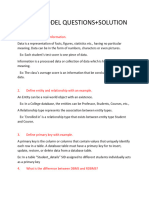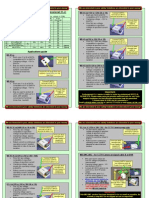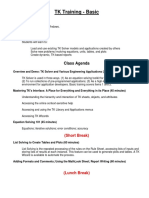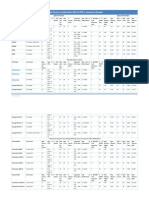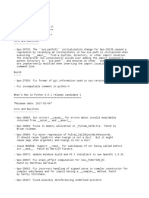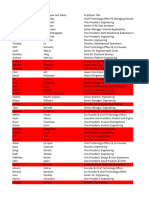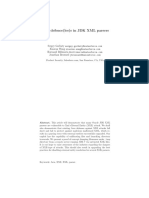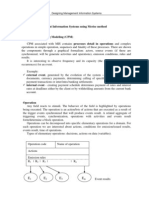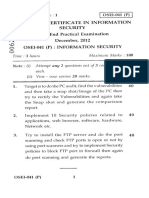0% found this document useful (0 votes)
30 views7 pagesDbms Answers
The document contains a series of questions and answers related to Database Management Systems (DBMS), covering topics such as definitions, commands, normalization, and types of keys. It includes 1-mark, 3-mark, and 5-mark questions that address fundamental concepts and practical applications in DBMS. Key concepts discussed include primary and foreign keys, SQL commands, normalization processes, and the importance of data integrity.
Uploaded by
rlal64501Copyright
© © All Rights Reserved
We take content rights seriously. If you suspect this is your content, claim it here.
Available Formats
Download as DOCX, PDF, TXT or read online on Scribd
0% found this document useful (0 votes)
30 views7 pagesDbms Answers
The document contains a series of questions and answers related to Database Management Systems (DBMS), covering topics such as definitions, commands, normalization, and types of keys. It includes 1-mark, 3-mark, and 5-mark questions that address fundamental concepts and practical applications in DBMS. Key concepts discussed include primary and foreign keys, SQL commands, normalization processes, and the importance of data integrity.
Uploaded by
rlal64501Copyright
© © All Rights Reserved
We take content rights seriously. If you suspect this is your content, claim it here.
Available Formats
Download as DOCX, PDF, TXT or read online on Scribd
/ 7






















